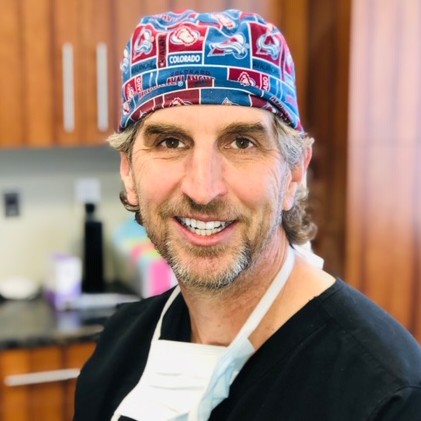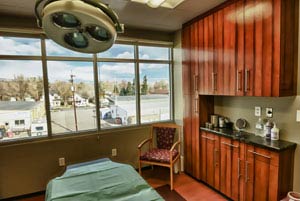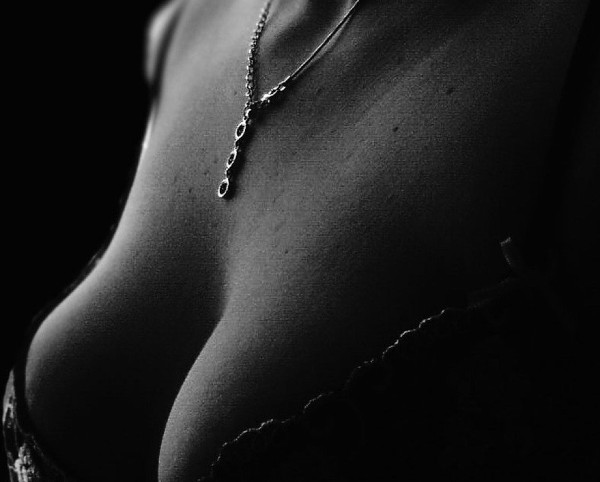Rhinoplasty Denver
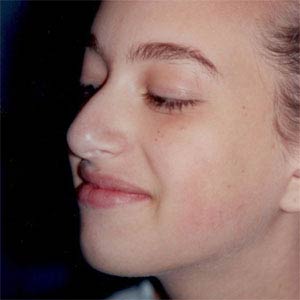
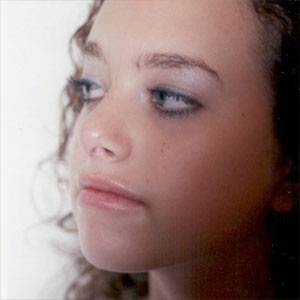
- Nose size in relation to other facial features
- Nose width, at the bridge
- Nose profile, repairing visible bumps or depressions
- Nasal tips that are bulbous, drooping, or upturned
- Nostrils that are large, wide, or upturned
- Nasal asymmetry and deviation (septoplasty)
Rhinoplasty Procedure
The surgery may be done with a “closed” approach where all of the incisions are internal or with an “open” approach that includes a small incision across the skin at the base of the nose between the nostrils (the columella). In most cases, Dr. Swail recommends the use of an open rhinoplasty technique to ensure the best result, but he will perform closed rhinoplasty for the simplest nose surgeries. The procedure can be performed with general anesthesia or with a combination of sedation and local anesthesia.
Once the incisions are made, the soft tissues surrounding the nose will be gently raised to reveal the underlying structures. In some cases, cartilage will be grafted from other areas of the body. Most commonly, cartilage grafted from the septum (the partition in the middle of the nose) is used for this purpose. If there is a need for septoplasty to improve airways, it is at this time during the procedure that the septum is straightened and projections inside the nose are reduced.
Once the desired contour, shape, and size is achieved, the skin and tissue is re-draped over the nose and incisions are closed. Small incisions may then be made in the natural creases of the nose to adjust nostril size when necessary.
Rhinoplasty Results
Most patients will have a splint on for five to seven days following the procedure, and any sutures that need to be removed will be taken out at the end of that time. Swelling and bruising will be most evident in the first few days, but can take two to four weeks to settle in most cases. Most patients can return to light activity after three to five days and strenuous activity after four to six weeks.
Dr. Swail meets with each patient personally to discuss his or her desired outcome and expectations prior to each procedure. This allows Dr. Swail to design a customized rhinoplasty procedure to achieve great long-lasting results.

